5 Things You Should Know Before You Travel to Mongolia
From etiquette tips to the Naadam festival, our travel expert tells us what Mongolia is like and shares what to know before visiting.
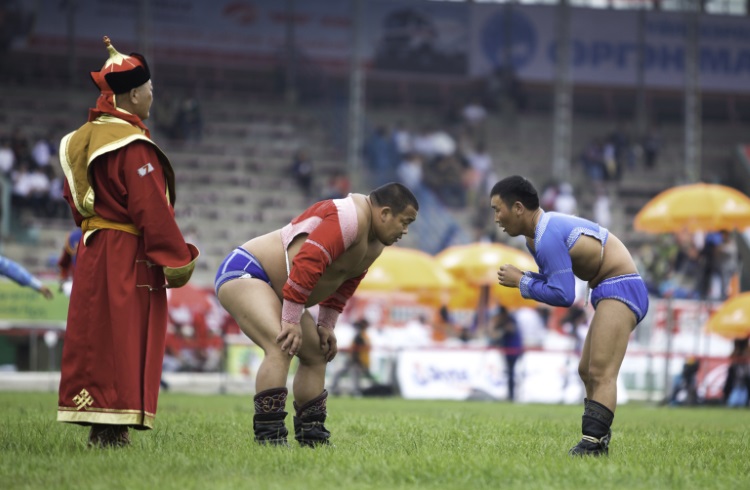 Photo © Discover Mongolia Travel
Photo © Discover Mongolia Travel
Mongolia is a country with a fascinating history and culture that is well and truly alive today. Even if you stick to the capital city, Ulaanbaatar, you will see portable gers (round felt tents used by Mongolian nomads) set up in the backyards of neat brick houses, where young newlyweds live until they are ready to find their own house.
Four-wheel drive tours take you out to explore the endless steppe where large herds of animals graze, or through the arid scrub of the Gobi Desert, where dinosaur fossils have been found.
Wherever you choose to travel in Mongolia, here are five things to know before you go.
1. The Naadam Festival is not what you might expect
Many people come to Mongolia to see the annual Naadam Festival, a mix of pageantry, competition, and national celebration like no other. The opening celebration has a parade that is reminiscent of a half-time show at an American football game, but from there on, Naadam is a world away from American festivals.
The competitions, called the "three games of man", feature archery, horse racing and wrestling – but they are carried out in a strictly Mongolian fashion. Male and female archers shoot arrows from tall bows (which haven't changed much since Genghis Khan's warriors used them to conquer the known world). School-age jockeys urge their horses along an overland route that can be 17mi (27km) long. And powerful wrestlers in skimpy costumes flap their arms gravely in the ritual Eagle Dance before grappling with each other.
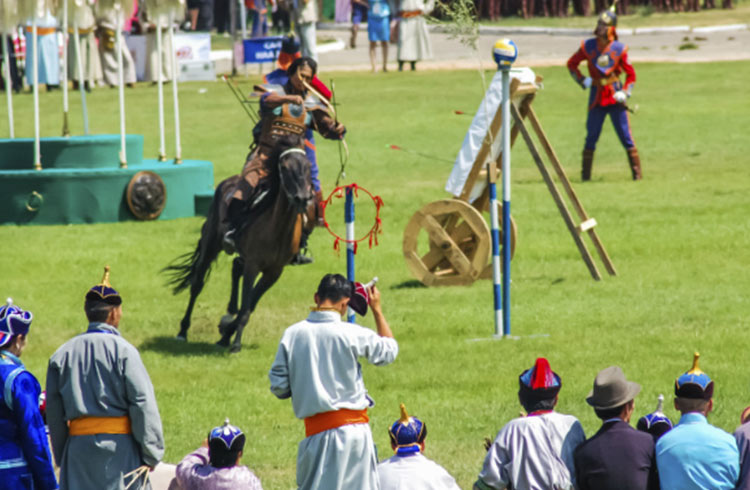
2. Four-wheel driving might make you motion sick
Much of the terrain in Mongolia is really rocky – so rocky you might even feel sick while driving through it. One of the things I wish I'd packed was medication for motion sickness. There are very few paved roads in Mongolia, and while driving off-road is fun and exciting, it's an awful experience if you get motion sickness.
Just pop a motion sickness tablet an hour or so before the 4x4 driving begins – whether it's a Gobi excursion or a drive to the ruins of Genghis Khan‘s capital, Karakorum – and you'll be able to fully appreciate the Mongolian landscapes without looking at the bottom of a bucket.
3. Preparing for the Mongolian steppe
The Mongolian steppe has few trees – same with the Gobi Desert. There is no shade out there, and nothing to slow down the ever-present wind. Pack a scarf or bandanna, a windbreaker, a hat that covers your neck, sunscreen, and lip balm. These items take up very little space, and are worth their weight in gold when the Mongolian winds are howling.
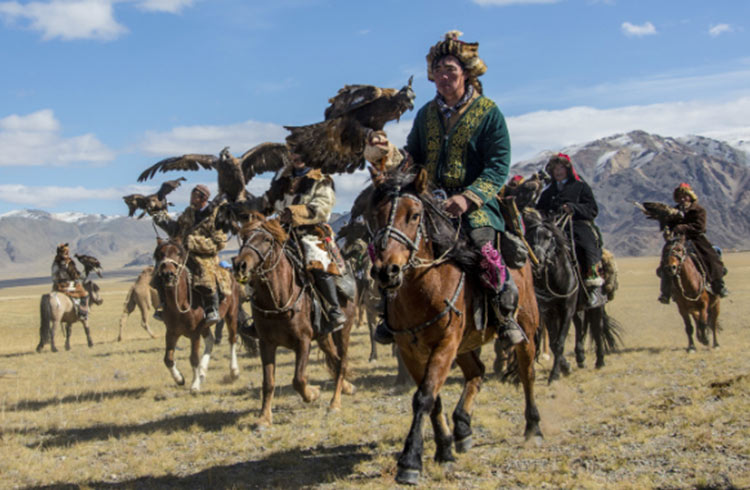
4. Mongolians love horses
If you have a good local guide, you will most likely stop to visit nomadic herders on your travels across Mongolia. All herders have tough Mongolian horses, and for a small tip travelers can usually ask politely to take a horse ride. The herders' children are usually happy to lead you around. As my co-worker discovered, it's a good idea to learn how to say "stop" (zogs) – not to the horse, but to the kid who is leading you.
Tchoo means giddyup, and apparently the horse next to you will giddyup too on command.
5. Important ger etiquette you should know
As you approach a ger settlement, remember that the proper way to greet the locals is to yell, Nokhoigoo!, which means "Call off your dog!"
Inside a nomadic ger home, do not lean against the ger wall or furniture, and don't remain standing over the threshold.
Sitting with your feet out in front of you is considered impolite; tuck them in when seated on a stool, or kneel.
If you are offered food, it's polite to accept, even if you don‘t finish it. Take food offered with your right hand.
Tand bayarlaa means "thank you," but you don‘t need to say it often – nomadic people far from the city take it for granted that they will be offered hospitality in a stranger's ger, and they offer it to you as a matter of course.
BONUS: The many milk products of Mongolia
Herders out on the steppe mostly eat meat (usually mutton and goat) and milk products. Mongolians have found creative ways to use the milk of all of their domestic animals such as yak, camel, horse, cow, goat, and sheep.
You may be offered salted tea with horse or camel milk, sour coin-shaped milk curds you might see drying on top of the ger (aaruul), fermented horse milk (airag), and sweet or sour yogurt.
Related articles
Simple and flexible travel insurance
You can buy at home or while traveling, and claim online from anywhere in the world. With 150+ adventure activities covered and 24/7 emergency assistance.
Get a quote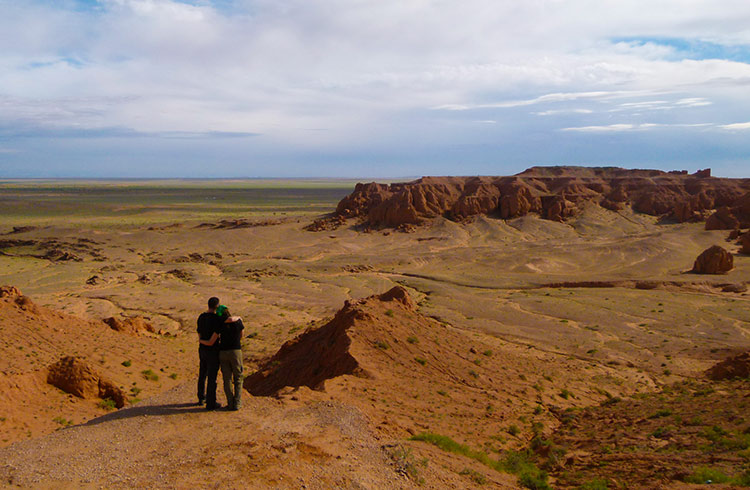
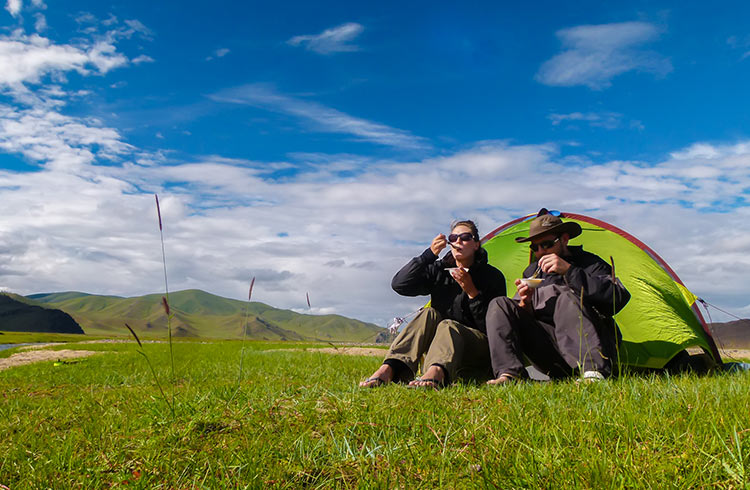
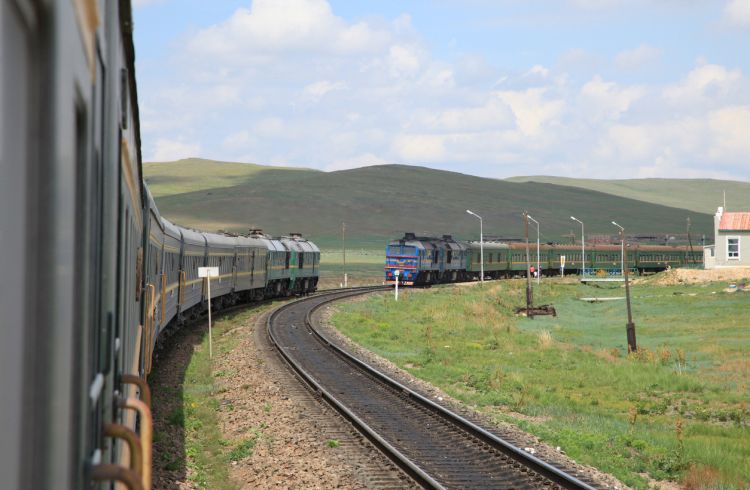
No Comments